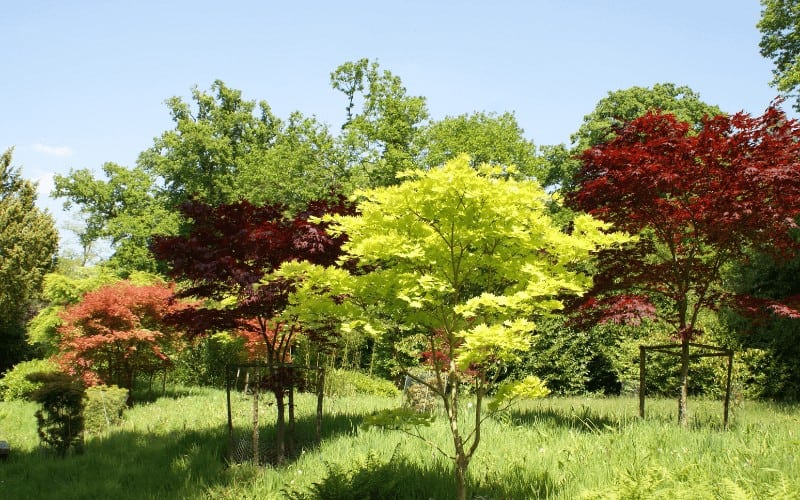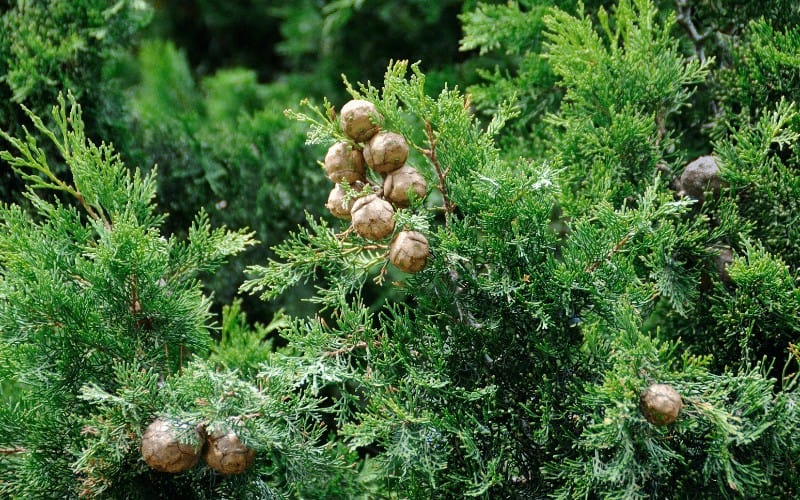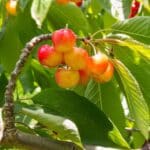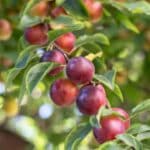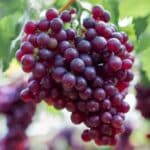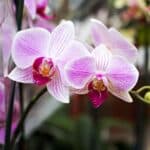Have you ever asked yourself why some trees lose their leaves throughout the grievously frigid months, whereas others seem to retain theirs?
Well, that is because there are two types of trees: Deciduous trees and coniferous trees. And knowing the differences will help you not only appreciate your natural surroundings but also make an informed landscaping decision.
So, in today’s blog, we comprehensively compared the deciduous trees vs coniferous trees by emphasizing their distinctive traits so you can have a better understanding of the two.
Table of Contents
What are Deciduous Trees?
Deciduous trees are trees that seasonally shed their leaves in the early or late winter months.
But why do they grow their leaves during the spring and lose them during the winter?
For some reason, the warm spring and rainfall wake deciduous plants from their slumber.
During this time, they form new leaf buds; their leaves develop more fully and reach maturity. So by the time summer arrives, the leaves are capable of producing enough food for the plant and help with respiration.
However, as unfavorable weather approaches, hormones in the trees trigger the process of abscission whereby the leaves changes color due to the lack of chlorophyll and are instinctively cut-off of from the tree to help conserve water and energy throughout the cold months of the year.
Examples of Deciduous Trees are:
What Are Coniferous Trees?
Unlike the deciduous trees that remain leafless during the winter, coniferous trees are cone-bearing seed plants with vascular tissue known for their audacious greenness throughout fall.
Also, they are referred to as “evergreen” because they do not change colors during the winter –which helps explain why the Christmas tree remains fresh during the fall season.
Common Coniferous Trees includes:
- Firs like Douglas firs, white fir, Fraser fir
- Junipers
- Yews
- Pines
- Cedars
- Hemlocks
- Redwood
- Cypresses
- Kauris
- Spruces
Deciduous Trees Vs Coniferous Trees [Similarities & Differences]
1. Tree Leaf shedding and fall colors
One of the distinctive differences between deciduous trees vs coniferous trees is the leaf shedding and colors.
Deciduous trees change color to fiery orange, reddish-brown, brilliant red, or golden-yellow, and lose their leaves in the fall.
Furthermore, deciduous trees develop flowers whenever they are leafless.
And since there have no leaves, the flowers become increasingly visible for insects to pollinate, which encourages fruit production.
Coniferous trees, on the other hand, have needles instead of leaves. Also, they do not produce flowers, neither do they change color nor lose their
2. Seeds and Reproduction
Another notable difference between deciduous trees vs coniferous trees is their means of reproduction.
Deciduous trees produce hard capsules or fruits that contain seeds protected by a hard shell.
Birds and animals eat these seeds and disperse them through their droppings, usually at a place more distant from the parent plant. The seeds then sprout into new trees.
However, Conifers do not bear fruits. Instead, they spread their seeds through sharp-toothed cones –that is why they’re called “CON-iferous tree”.
Unlike the deciduous trees that house their seeds in a shell, conifers’ cone contains bare seeds. To reproduce, the cone opens its scales, letting the seeds out for germination.
3. Shape
Because they differ in shape, Once you know the structure of these trees, you could tell even at first glance which is which.
Deciduous trees often have rounded shapes, with branches that spread out as they grow. They have flat and broader leaves for sunlight absorption.
Meanwhile, conifers are cone-shaped. They extend upward rather than outward, acquiring a triangular shape. This distinctive shape is what enables them to shed snow and prevent their limbs from breaking from its weight.
Read Also:
- How To Stop A Palm Tree From Growing Taller
- How to Trim Palm Tree Trunk
- How to Kill A Mulberry Tree
- Will A Palm Tree Die If You Cut the Top Off?
- Can a Broken Tree Branch Grow Roots?
- Training Tree Branches to Go Where You Want
Conclusion
In conclusion, when comparing Deciduous trees vs coniferous trees you should know soil nutrition is another crucial factor to consider because they both require different soil conditions for growth.
Deciduous trees, for instance, need to grow in places where the soils are relatively nutritious because they need to take in as many nutrients as possible to produce new leaves in the spring.
Contrarily, Conifers trees do not require much soil nutrients since they do not lose their leaves. Even under low mineral content, these trees will still grow massively in the spring.

